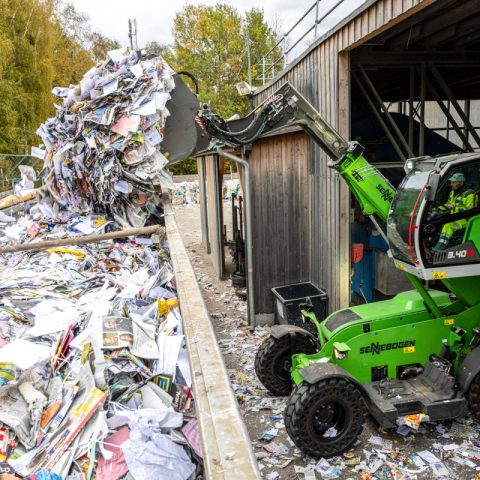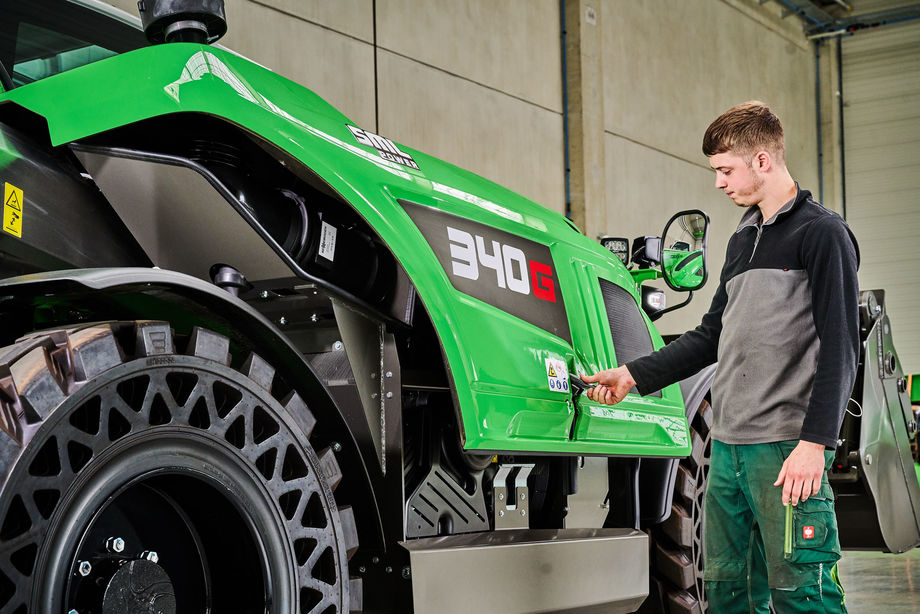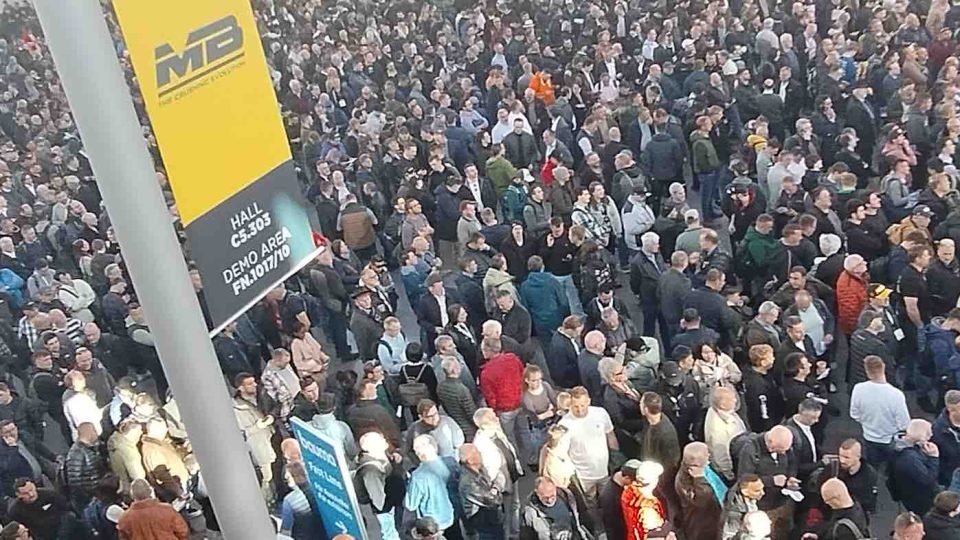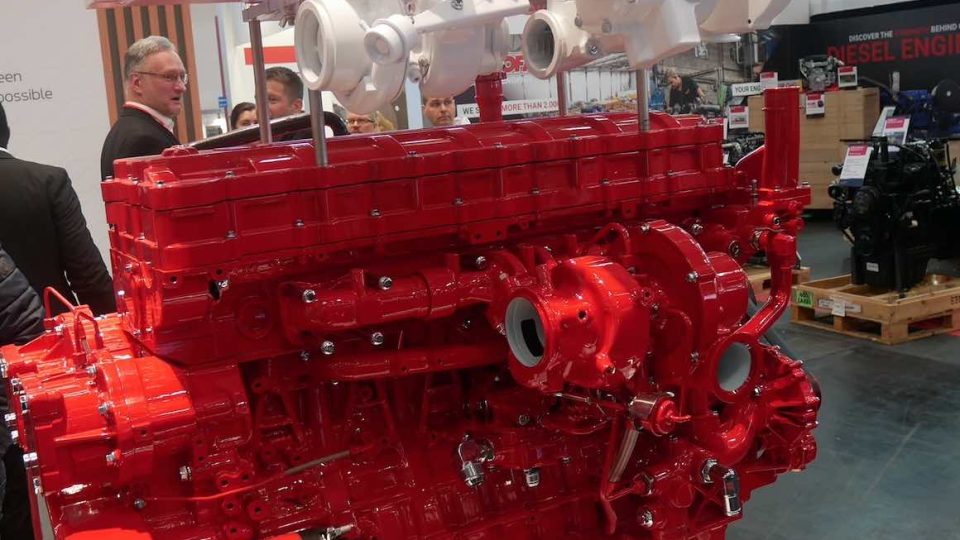Sennebogen 3.40G: wheel loader or telescopic?
Sennebogen presented the new 3.40G telehandler with SML Power technology. A concept that combines the advantages of the telehandler with the robustness and operational capacity of a wheel loader. But with more competitive TCOs.

Sennebogen recently presented the new 3.40G telescopic handler with SML Power technology. The line started by the Bavarian manufacturer continues with the 355E, also available in an agri version with Fendt colors. With the new model, therefore, Sennebogen is clearly aiming at a market often presided over by wheel loaders. And it does so in a direct and well-directed way by explaining the potential and advantages of this machine.
The new Sennebogen 3.40G derives from the idea started with the 355E, but it actually takes its own direction. So much so as to suggest that this model will probably not be unique but will give rise to a specific range for a market attentive to differences. Obviously with an operational destination for heavy applications where high unloading heights, agility, reliability and versatility are required. The latter feature is the real arrow in the telescopic arc. But specific measures to avoid some problems and operational limits.
SML Power, wheel loader or telescopic?
Load-optimized kinematics, telescopic arm, high visibility cab, reduced maneuvering space, high operational loads associated with a high dynamic balance. Sennebogen has thought of all these points to combine the advantages of two worlds that may seem distant. That is, that of wheel loaders and that of classic telescopic handlers. At the basis of everything is the concept of the lifting cabin borrowed from industrial handlers.
On the other hand, the telescopic arm certainly offers huge opportunities in terms of handling. But obviously it is necessary to study the structure so that it can withstand the transverse stresses typical of heavy industrial applications. In fact, the polygonal section of the arm is associated with a highly efficient Z-shape kinematics. Thanks to a geometry that optimizes the geometry of the levers compared to other similar solutions on the market.
Sennebogen’s front row seat
The elevated cabin allows you to have an exceptional view of the work area. The operator’s eye in fact reaches an average height of about 4.10 meters allowing you to see without problems even inside caissons with high sides. Comfort when driving at high heights is guaranteed by the kinematics with high transverse inertia which limits vibrations and lateral displacements. The suspension is ensured by the long-stroke cylinder that allows optimal absorption of roughness. The height of the cabin is continuously adjusted by two comfortable pedals positioned to the left of the column.
A Cummins under the hood
The choice of Sennebogen for the new 3.40G foresees, as in the case of the big brother 355E, a Cummins engine. This is specifically the 3.8-liter, four-cylinder F3.8 FR95683 Stage V model. The power available to the operator is 100 kW (136 hp) @ 2,200 rpm. Which become 91 kw (124 hp) @ 1,600 rpm when used in ECO mode. The maximum torque is 550 Nm. This unit activates the 170 l / min @ 300 bar Load Sensing Flow Sharing hydraulic system which can have 100 l / min for any hydraulic equipment. We therefore expect fluidity of actuation and simultaneous movements proportional to the actuation of the joystick, as indeed is the Sennebogen tradition.
The transmission is the hydrostatic Compact Drive continuously variable from 0 to 20 kph. The version up to 40 kph is also available as an option. The Compact Drive transmission focuses on high efficiency in rapid loading and transport maneuvers, drastically reducing consumption. Sennebogen has focused on the speed range up to 20 kph as it is the most used within the plants where these machines work. The system fully automatically balances the torque or speed depending on the type of work being carried out and without any intervention by the operator.










